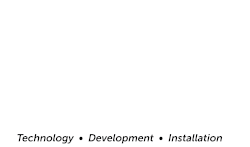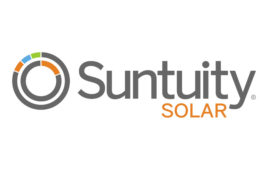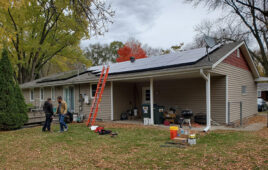REC Silicon announced in its first quarter results call that plans are in motion to restart production at its Moses Lake, Washington, factory.
“We expect to realize first production during the fourth quarter of 2023 and reach full capacity utilization during 2024,” said James A. May II, CEO of REC Silicon. “The restart of production is a direct result of Hanwha’s commitment to REC Silicon.”
Hanwha Solutions has invested over $200 million to become the largest shareholder in REC Silicon to support the build out of an American solar supply chain. Hanwha’s solar module division, Qcells, also announced it would open a second module assembly plant in Georgia, bringing its module manufacturing capacity to 3.1 GW.
REC Silicon operates two polysilicon manufacturing facilities in the United States, with an annual production capacity of 20,000 MT: 18,000 at Moses Lake, Washington, and 2,000 at Butte, Montana. Using hydropower-based clean energy, REC Silicon can produce low-cost polysilicon without emitting greenhouse gases.
The Moses Lake facility has been dormant for the last few years as it has been priced out of the Chinese market and there are currently no solar cell manufacturers in the United States.
“We are currently discussing supplying Hanwha Solutions with polysilicon and Hanwha Corporation with silane gas. These arrangements would allow REC Silicon the opportunity to focus on manufacturing excellence and to enhance market solutions through product development,“ May said.
Hanwha is also expanding its solar cell manufacturing footprint in South Korea. The company would take REC Silicon polysilicon from the United States, make solar cells in Korea and then use those cells in its final solar panel assembly in Georgia — sidestepping any need for Chinese our Southeast Asian materials.






Actually I am curious about the future of solar power. One question that arises is this. Is it possible to recycle solar panels after their anticipated useful life of about 23 years? If so, what would be the process and how would the cost be with reference to completely new solar panels? If the used up solar panels cannot be recycled, how is the waste processed? Where is it disposed of?
“The Moses Lake facility has been dormant for the last few years as it has been priced out of the Chinese market and there are currently no solar cell manufacturers in the United States.”
The amount of this ‘supply chain’ is short on the amount of refined and ready silicon wafers to make into solar PV cells. The U.S. alone needs something like 50GW of solar PV cells for years to come, if these mandates of decarbonization of the grid is to come true by 2035. To win over Chinese foundries, REC has to produce a high-quality feedstock with high yield.
“The company would take REC Silicon polysilicon from the United States, make solar cells in Korea and then use those cells in its final solar panel assembly in Georgia — sidestepping any need for Chinese our Southeast Asian materials.”
The actual transportation costs alone would make this process less efficient than what China is doing now. I see this as “not all that interested” in an overall robust supply chain in the U.S. and more of a “feel good” geopolitical move, the political flavor of the day pundit. No matter what solar PV technology is being used, the bottom line is to drive one’s manufacturing lines off of non-fueled renewable energy each day. The long arduous task of solar PV panels from end-to-end manufacturing should be powered by wind generation, solar PV and energy storage to shave costs to a razor’s edge.